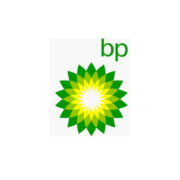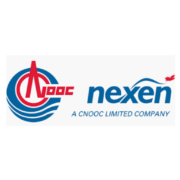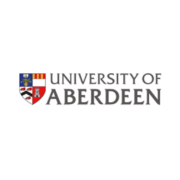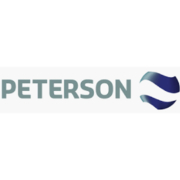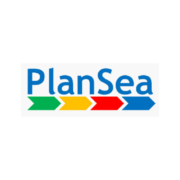BP – Mastering effective daily management at terminal delivers performance improvements
Submitted by BP
Impact
- BP has delivered efficiency improvements on Sullom Voe Terminal’s Renewals and Turnaround projects by adopting a visual management process to expose, and then eliminate, waste.
- Plan attainment of Renewal and Turnaround resources can now exceed 80% and safety improvements have also been recorded.
- The system has evolved over the last year to incorporate comprehensive metrics to identify continuous improvements in everything from how the working day is structured to equipment hire, schedule variance, vendor invoicing and HSE audits.
- An improved and collaborative work environment means less frustration among individuals.
Description of Best Practice
BP has delivered performance improvements on our Sullom Voe Terminal Renewals and Turnarounds projects by applying a visual management approach and implementing what the project team call the ‘war room’.
The Sullom Voe Terminal was built in the 1980s and most of the major plant items are now operating beyond their original design life. A number of different projects are currently underway to help support the current east of Shetland fields and expanding fields in West of Shetland.
As a result of this large and rapid growth of work fronts at site and the limited resources of Operations, coupled with the resulting lack of clarity associated with accountability, delays were being encountered in a number of the Renewals and Turnarounds team projects.
In 2014, the project leadership team could see that there were inefficiencies: plan attainment was only 50%, against a target of at least 80%. However, with numerous contract companies and BP functions involved, resolving technical and operational issues was a challenging and time consuming process. Daily morning meetings would uncover an issue or that some of the workforce were not at their scheduled activity due to being held up on the previous job. But with workers starting at 8am, it was usually already too late to do anything about it and several hours could be lost by moving them to the required job.
So, the project team established a daily forum open to all functions and contract companies that would bring work through and assign visible accountability for resolving any obstacles.
Known as the ‘war room’, key stakeholders meet at the end of each day to identify, and act on any issues for the following day. Heads of each of the service companies, as well as representatives from the relevant Operations departments and the person accountable for each job all attend. With everyone in the room at the same time it is a way to quickly resolve issues in preparation for the next day.
The team also adopted a combination of simple and effective visual information aids.
Gary Macdonald is Construction Manager for Renewals and Turnarounds. “Red and green dots symbolise each issue’s status. Red means an issue has arisen with no planned solution and we therefore discuss to resolve the issue and identify who will implement it. Green means a solution has been identified, the issue has been resolved and the function or supplier raising the issue is happy. Only the team raising the issue has the authority to change the status from red to green. Once green, the issue is recorded and reviewed so that it can be decided if a more formal continuous improvement event is required.”
The system has evolved over the last year to incorporate comprehensive metrics to identify continuous improvements in everything from how the working day is structured to equipment hire, schedule variance, vendor invoicing and HSE audits.
The process has exposed waste so that it can be eliminated and prevented from recurring, making the workplace and therefore project more efficient. Plan attainment can achieve more than 80%, with cost savings delivered and safety improvements also recorded.
“Now, representatives from each discipline leave knowing exactly how the day went, where their labour is going tomorrow and outstanding issues are being worked through to resolution,” says Gary.
Contact: Stephanie McHardy

